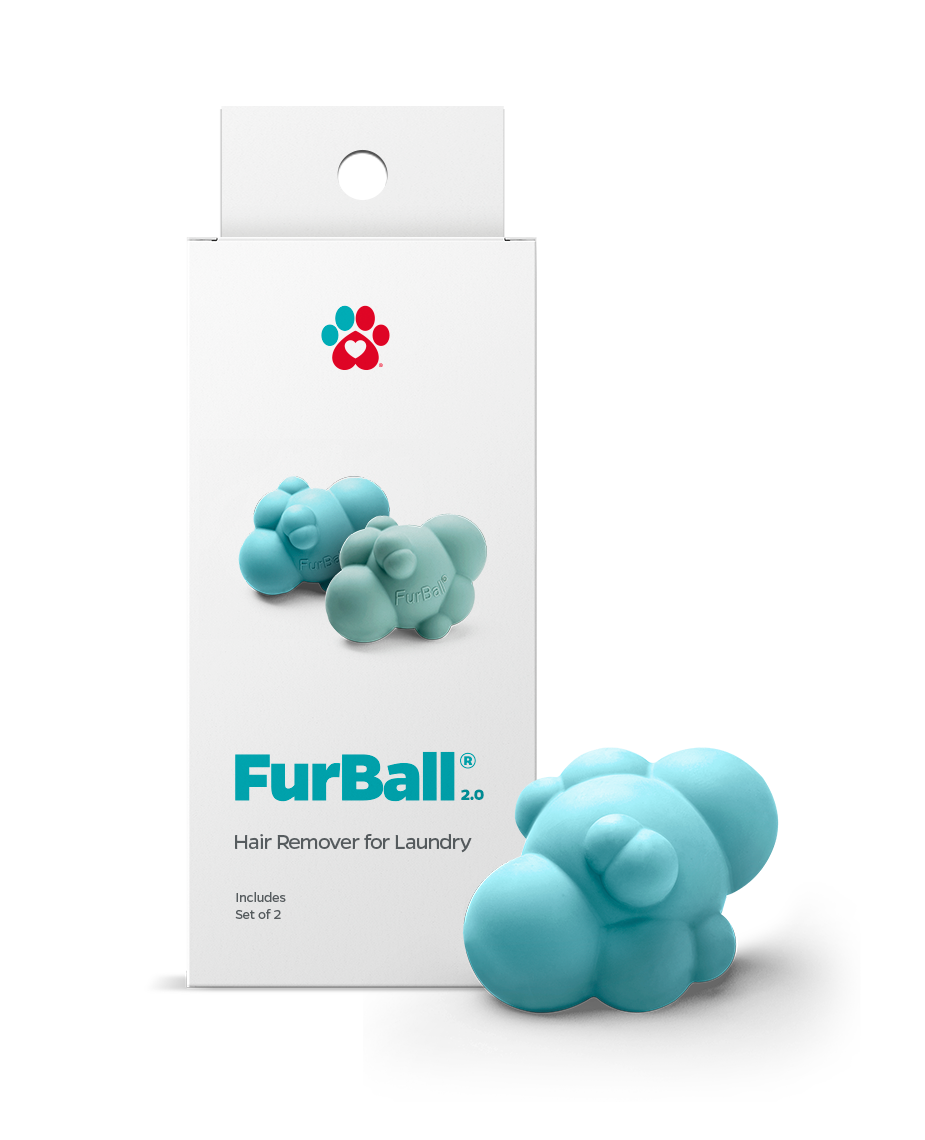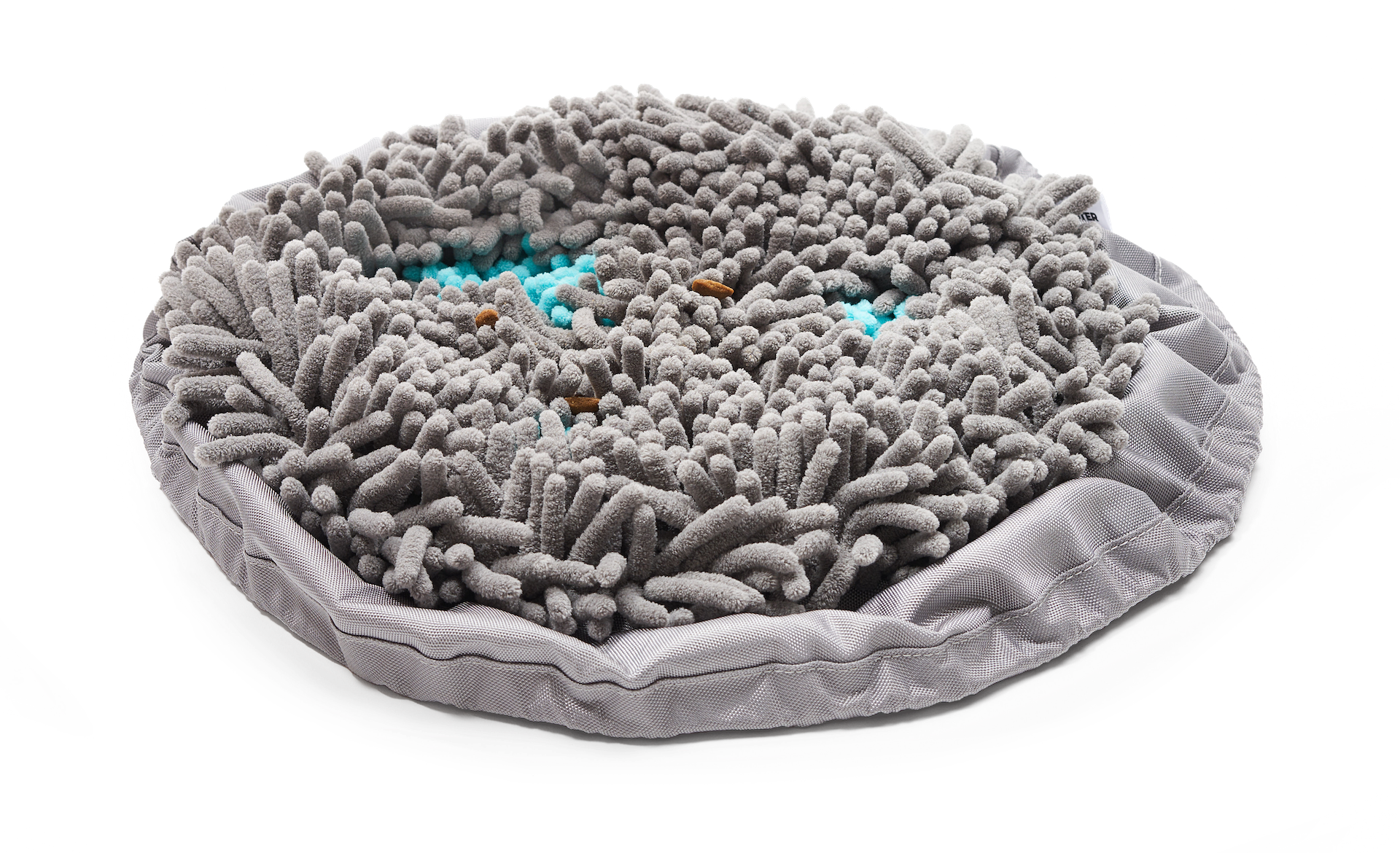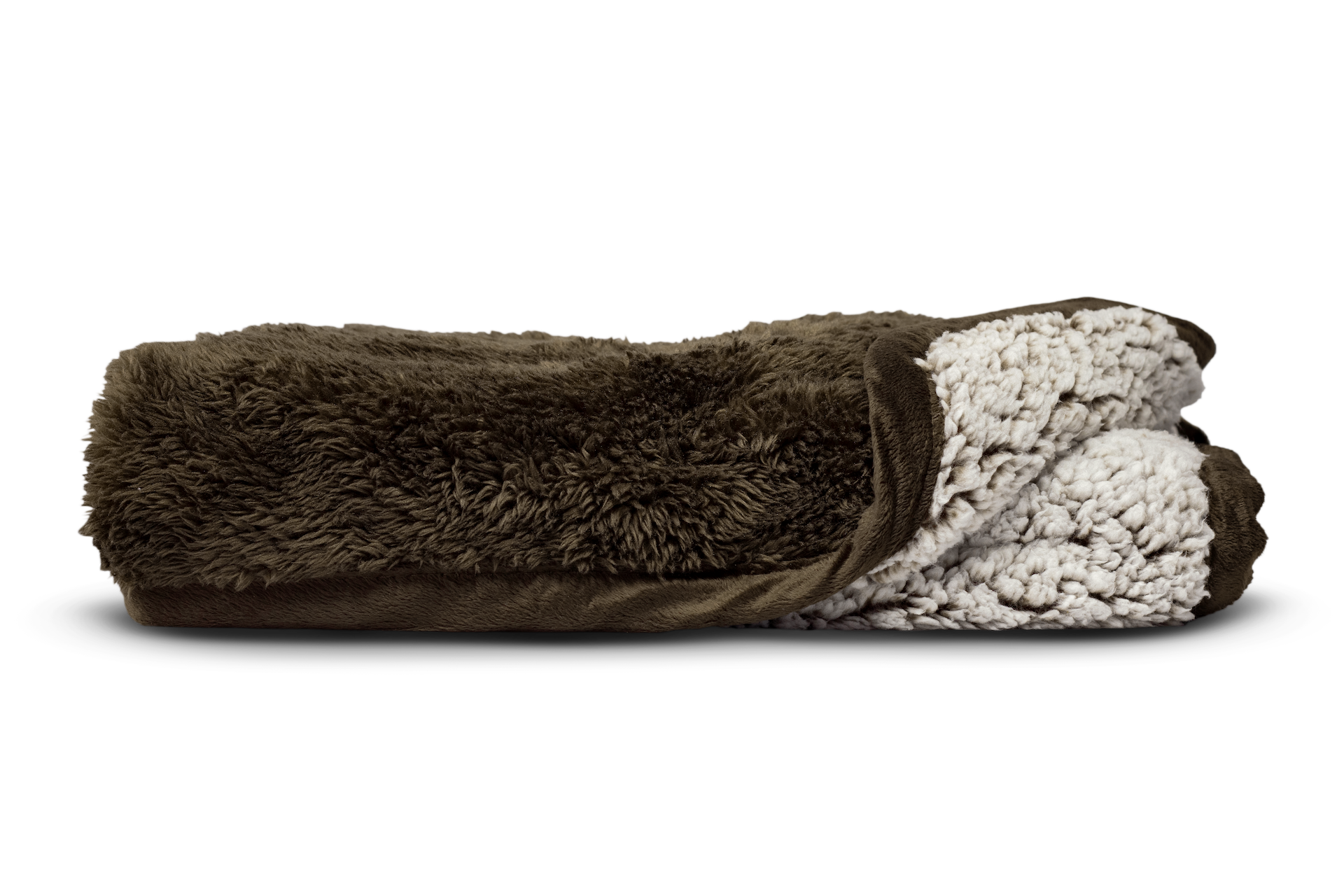A number of pet parents believe that declawing is just a harmless solution to fix their cat’s scratching. They do not realize that declawing cats actually contributes to plenty of physical and emotional problems for cats that can be life-long!

There are numerous animal organizations, such as The American Association of Feline Practitioners, the Humane Society Veterinary Medical Association, the International Society of Feline Medicine, the World Small Animal Veterinary Association, and The Center for Disease Control and Prevention, that are against declawing. Major hospital groups, including Banfield, BluePearl, and VCA, have also banned declawing. Surprisingly, according to an Associated Press-Petside.com poll, nearly 60 percent of American pet owners, including 55 percent of cat owners, believe it is OK to have a cat declawed.
Pet Parents® has come up with this eye-opening article to guide pet parents on why they should not declaw their cats and take action in favor of declawing bans wherever they arise in the community.
Is It Legal to Declaw a Cat?
Declawing cats has been banned in many countries. In the United States, according to Alley Cat Allies, declawing is outlawed in Austin, Denver, the City of St. Louis and St. Louis County, Pittsburgh, and Madison. It is also outlawed in eight California cities: West Hollywood, Los Angeles, San Francisco, Berkeley, Beverly Hills, Culver City, Santa Monica, and Burbank. In 2019, New York became the first state in the United States to outlaw declawing. Maryland became the second state in 2022. However, even if declawing cats is not illegal in your area, you should still avoid it because of the negative effects on your furbaby.
Why do Cats Scratch Furniture?
A cat scratches not because they simply want to destroy your home furniture. Scratching is one of a cat’s innate behavior. They scratch to be able to remove any dead husks from their claws, stretch their muscles, release stress or excitement, express their emotions, and mark their territories.
A cat’s claws help them get a good grip on things and allow them to stretch their muscles well, engaging and toning their shoulders and back. Additionally, a cat’s claws also help them walk properly as cats walk on their toes and their claws help them balance. Without their claws, they are forced to change the way they walk and balance themselves, resulting in discomfort or worse, joint damages.
What is Cat Declawing?
Many think that declawing is a harmless surgery that simply removes the cat’s nails to prevent them from scratching and destroying things at home. Some even compare declawing to trimming fingernails in humans or clipping nails in dogs. But these notions of declawing cats are far from the reality of pain it brings.
Declawing is the removal of a cat’s claws. But since the claw is permanently affixed to a cat's knuckle, this also means removing all or part of the third bone from a cat's paw. Declawing, in simple terms, is the amputation of a cat’s last bone of each toe. It would be like cutting each of your fingers at the last knuckle. Declawing a cat, clearly, is not only painful but inhumane. It is an unnecessary surgery that offers absolutely no medical advantage to cats.
How Is a Cat Declawed?
Blade declawing is the standard method for declawing cats. This method uses an instrument with a sliding blade that cuts a straight line through the joint between the entire claw growth and the rest of the cat's paw. The wounds are then stitched or closed using surgical glue, and the cat’s feet are bandaged.
Another cat declawing method is laser surgery. This procedure makes use of a laser that cuts right through the tissue by heating it up and then vaporizing it after.
A third procedure, called a tendonectomy, allows the cat to keep their claws but will not be able to control them. This method cripples the tendons that control the claw in each toe.
Why You Shouldn't Have Cats Declawed
Should I declaw my cat? Really, the answer is always no. Declawing cats is bad because of the pain it brings not only short-term for surgical recovery, but long-term as well. Cat declawing should not be performed at all. Declawing involved numerous medical, physical, and emotional drawbacks in cats.
"Declawing, in simple terms, is the amputation of a cat’s last bone of each toe."
According to PetMD, these are just some of the negative effects on declawed cats.
- Infections. Whenever pets undergo any surgical procedure, there is always a risk of infection. Any infection, if not treated immediately and properly, may become life-threatening.
- Refusing the litter box. After declawing, a cat may refuse to use their litter box when peeing and/or pooping. It is a cat’s habit to dig or cover up their “mess” in the litter box, and with the wounds from the declawing, it will hurt. A cat may avoid using their litter box and may do their business somewhere else where their feet won’t get hurt as much, which means you will have to deal with accidents and messy cleanups!
- Pain and nerve damage. In some cases, the knuckles are not surgically removed entirely which means some claw tissues remain. This tissue is where a new claw will try to grow, forming distorted claws under the skin which will turn into an abscess. An abscess is a distressing accumulation of pus, typically caused by bacterial infections. This can be intensely painful and may steer into a life-long pain if not managed as soon as possible.
- Lameness, lack of balance, and back pain. All cats need their claws for balance, mobility, protection, grooming, and gripping prey and objects, as well as isometric exercises to give them a nice stretch for their back muscles, shoulders, legs, and paws. In the absence of claws, a cat may begin showing strange gaiting and lameness, and back pains.
- Behavioral Changes. Declawing cats can be very stressful. According to the American Veterinary Medical Association, because scratching is an innate cat behavior, declawed cats can suffer from emotional stress when they cannot scratch.
Alternatives to Declawing a Cat
Cats should not be declawed. If you want to deal with any issue that your cat’s scratching may have caused you, there are alternatives to declawing a cat.
Provide an enriching environment. As mentioned, one reason why cats scratch is because of stress and boredom. Manage cat scratching behaviors by providing your furbaby an environment that is not only stimulating to their senses but also makes them feel safe and secure. Consider investing in scratching posts climbing gyms and window sills for your furbaby. Preventive Vet states that enrichment offers cats the opportunity to express their natural behaviors, which can help decrease stress under certain circumstances.
Invest in scratching posts, climbing gyms, and window sills. A scratching post is necessary for any healthy, well-adjusted cat. Cats must have an outlet for their need to scratch. Providing scratching posts for your furbaby can save the surfaces of your carpet, furniture, and drapery. When choosing scratching posts for your cat, make sure that the post is rigid. Cats need resistance when they scratch. Also, make sure that it is tall enough for them to scratch on their full stretch.
Putting your cat’s scratching posts in the right areas of your house can have a consequential effect on whether your cat prefers to scratch them or other items in your house. This is why scratching posts should be placed in areas in your house that are prominent. Cats like to scratch in high-traffic areas. Cats want to display their scratches for other cats and humans to see. Additionally, they also love to scratch first thing when they wake up, so placing a scratching post near their sleeping areas is a good idea.
"Pawtect® Blankets are an easy, humane alternative to protect your furniture from being ruined by your cat’s scratching."
Trim your cat’s claws regularly. Instead of declawing, you can consider having your cat’s claws trimmed by a professional every few weeks.
Protect your furniture. Protect your furniture from your cat’s scratching by covering them with Pet Parents® Pawtect® Blanket. These premium waterproof cat blankets are specifically created using faux fur fabric and our proprietary Sherpup® multi-layer material, flawlessly protecting your furniture at home from leaks, slobber, and scratches! This is an easy, humane alternative to protect your furniture from being ruined by your cat’s scratching. Plus, Pawtect® Blankets are super soft and cozy, so you and your furbaby can snuggle up in comfort, rather than causing your cat discomfort.
Declawing cats is bad and no pet parent should ever consider thinking about depriving their cats of what they were naturally born with. With proper education, patience, and a little positive reinforcement, you and your furbaby will eventually manage the scratching happily without you or your home paying the price!









